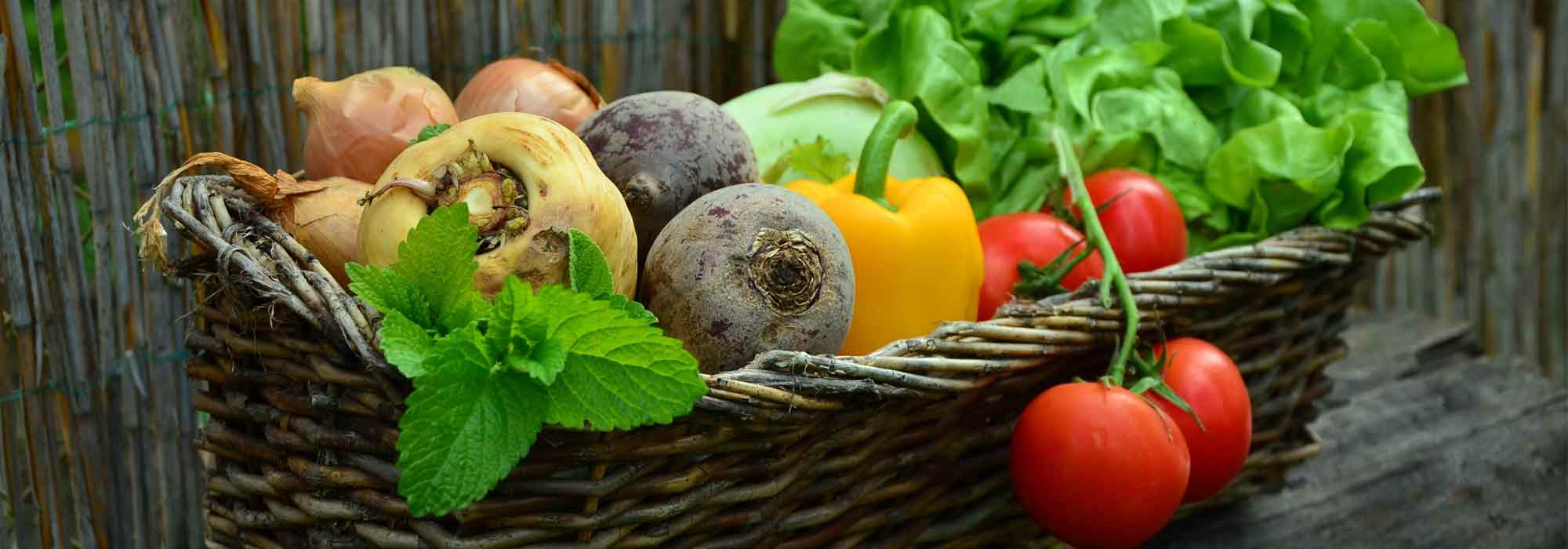
Vegetable garden: How to plan and spread out your harvests?
Tips for enjoying your harvests all year round
Contents
A common mistake made by most beginner gardeners is to sow large quantities of fruits and vegetables at the same time, so harvests are abundant but short-lived. Sometimes these harvests are then too large for a single household. This strategy is really only useful for vegetables intended for freezing, such as green beans.
It is entirely possible to harvest fruits of your labour from your vegetable garden almost all year round! To achieve this, you need to adopt a completely different growing strategy that involves spreading your sowing and planting over time. This gives you regular harvests in the long term.
But then, how to plan and stagger your harvests in the vegetable garden? Here are the keys to achieving it!
Which vegetables are affected by crop spreading?
Vegetables do not all grow at the same rate. Here two types of vegetable are distinguished: short-cycle and long-cycle.
Staggering harvests of short-cycle vegetables
Short-cycle vegetables, such as beans, radishes, peas, broad beans, sweetcorn, salad leaves, or spinach… reach ripeness quickly and wither just as quickly.
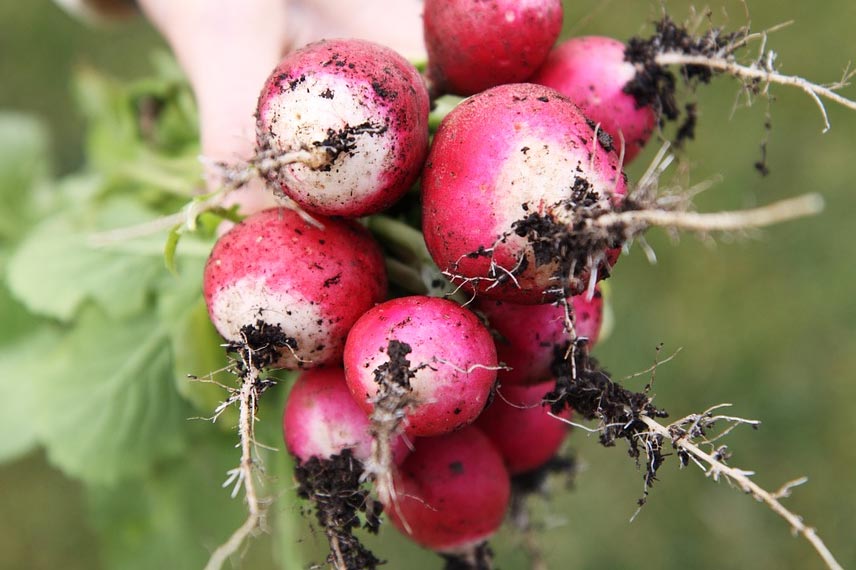
These vegetables can therefore be grown several times in succession during the same season. For example: plan to re-sow green beans every three weeks between mid-April and the end of July for continuous harvests.
Staggering harvests of long-cycle vegetables
Perennial or perpetual fruits and vegetables, such as rhubarb, raspberries, artichokes, asparagus or Daubenton perpetual cabbage… are not subject to crop staggering since they remain in the vegetable patch for several seasons.
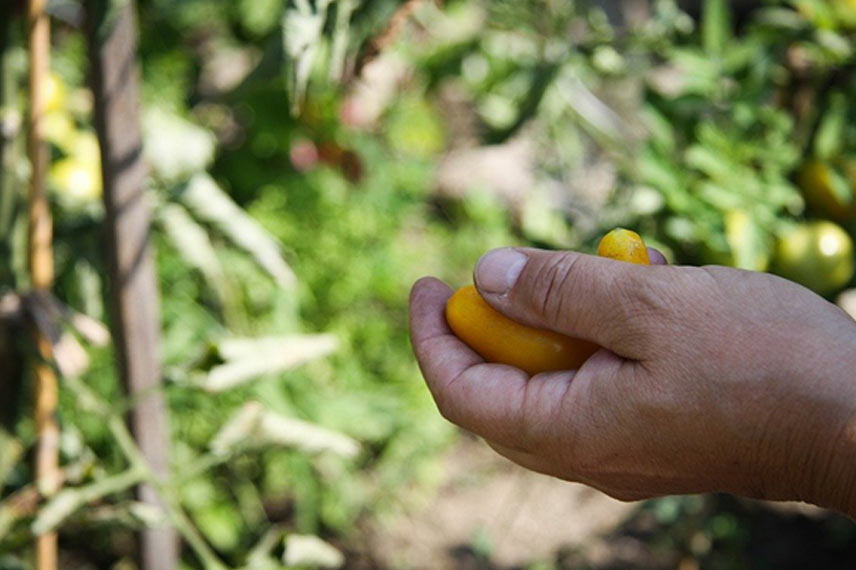
Because of their long lifespan, summer vegetables such as tomatoes, aubergines, cucurbits and peppers… occupy beds for around six months. In practice, they are mostly planted around May and produce throughout summer before dying back in autumn. The question of staggering harvests is therefore less important. This claim should be qualified, however, since there are early-, mid- and late-season varieties, notably among tomatoes, which allow covering a longer growing season.
Read also
Crop rotationVegetable planting plan
To benefit from spreading harvests over time, you must plan plot occupancy in advance, taking into account rotation of vegetables that follow one another. In short, there are three growing periods in the vegetable garden: spring, summer, autumn–winter. Although in practice growing periods overlap to some extent. For example, your last spring broad beans will overlap with your summer beans.
I advise drawing a plan of your vegetable garden. This plan will greatly help organise your plot according to varieties you want to to grow there, and their growing period.

© David di Marcantonio – Flickr
- To draw up this plan, start by listing vegetables, fruits and herbs you want to to grow.
- Then determine where to place your plantings :
- with rapid growth and early ripening;
- with slow growth and late ripening;
- for successive sowings;
- suitable for growing together.
- Draw the plan on paper. It does not need to be a work of art! It can be as simple as a few quick lines and the names of your fruits and vegetables.
- Plan access spaces between ranks to facilitate harvests.
- Keep this plan for following years to easily organise rotation of crops.
Discover other Vegetable gardens
View all →Available in 0 sizes
Available in 1 sizes
Available in 1 sizes
Available in 1 sizes
Available in 1 sizes
Available in 1 sizes
Available in 1 sizes
Available in 1 sizes
Available in 1 sizes
Available in 1 sizes
Spread sowing to spread harvests
In light of information mentioned above, it is clear that most fruits and vegetables can be harvested over a long period, provided you plan accordingly.

Should you follow a sowing calendar?
There are two schools of thought regarding the sowing calendar: those who cannot do without it, and those who think this tool leads to a form of gardener’s enslavement.
Ultimately, with moderate reflection, the calendar can be seen as a way to plan crops while respecting the garden’s natural cycle, based on observing it and its environment.
Indeed, a calendar is a practical tool, but it should not be rigid. It should therefore offer some flexibility to adapt to the specificities of your region and its climate.
There are many pre-established sowing calendars, which you should make your own so as to respect the characteristics of your region.
Stagger sowings: general guidelines
- At the end of winter and the start of spring, sow early varieties of vegetables intended to be harvested in mid-spring, as well as early varieties of summer vegetables.
- In summer, sow vegetables intended to be harvested in autumn and winter.
- During the main season, repeat sowings of your short-cycle vegetables.
Read also
Conserver les légumes du potagerOrganise your vegetable garden to enjoy your own vegetables all winter
Contrary to popular belief, many vegetables continue to grow during winter. However, as we saw earlier, a winter garden should be planned just like a summer garden. Most plants that thrive during the cold period are therefore planted much earlier in the year. Planning ahead is once again the key to success, as important as choosing the right varieties!
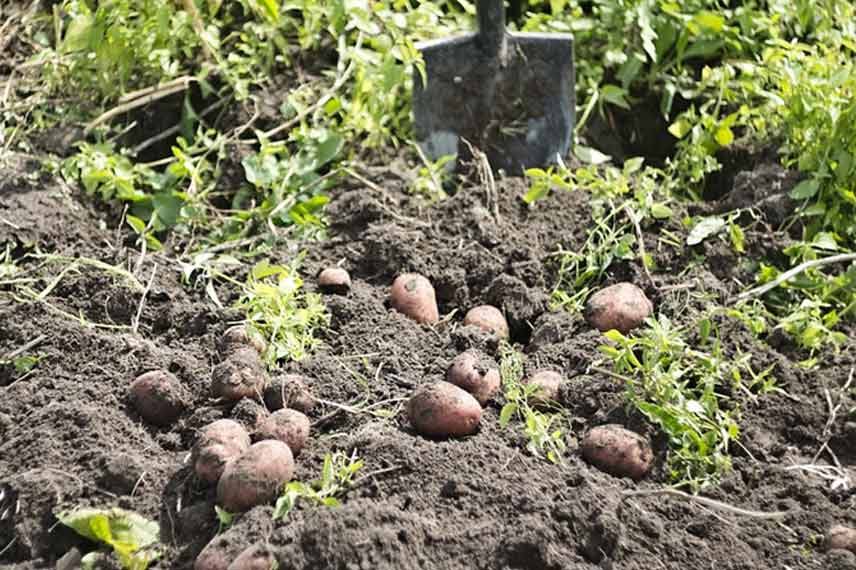
Note also that in winter your outdoor space can act as an outdoor fridge. Also, some vegetables can be kept for long periods in the ground, or in sand.
- Cabbages, carrots, parsnips, leeks, as well as spinach and lamb’s lettuce, can be kept directly in the ground.
- Cucurbits and root vegetables (potatoes, carrots, celeriac) can, meanwhile, be eaten throughout winter provided they are stored in a dry, ventilated, cool and dark place (such as a cellar or garage).
- Subscribe!
- Contents

































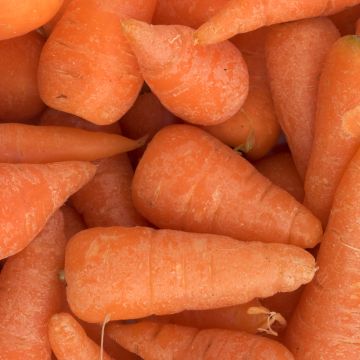


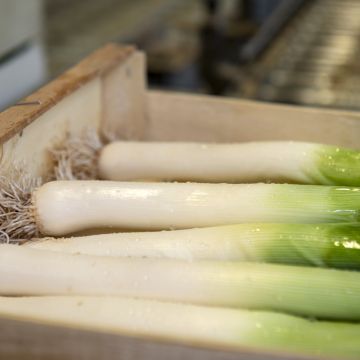

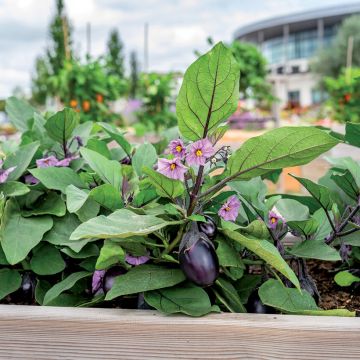

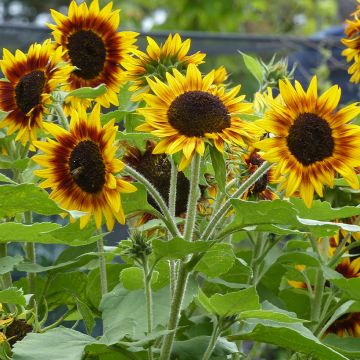
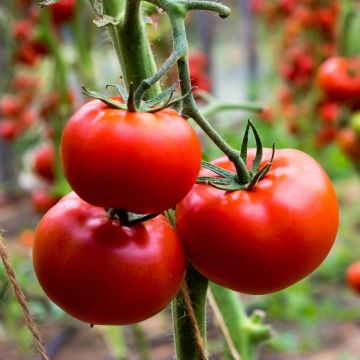
Comments